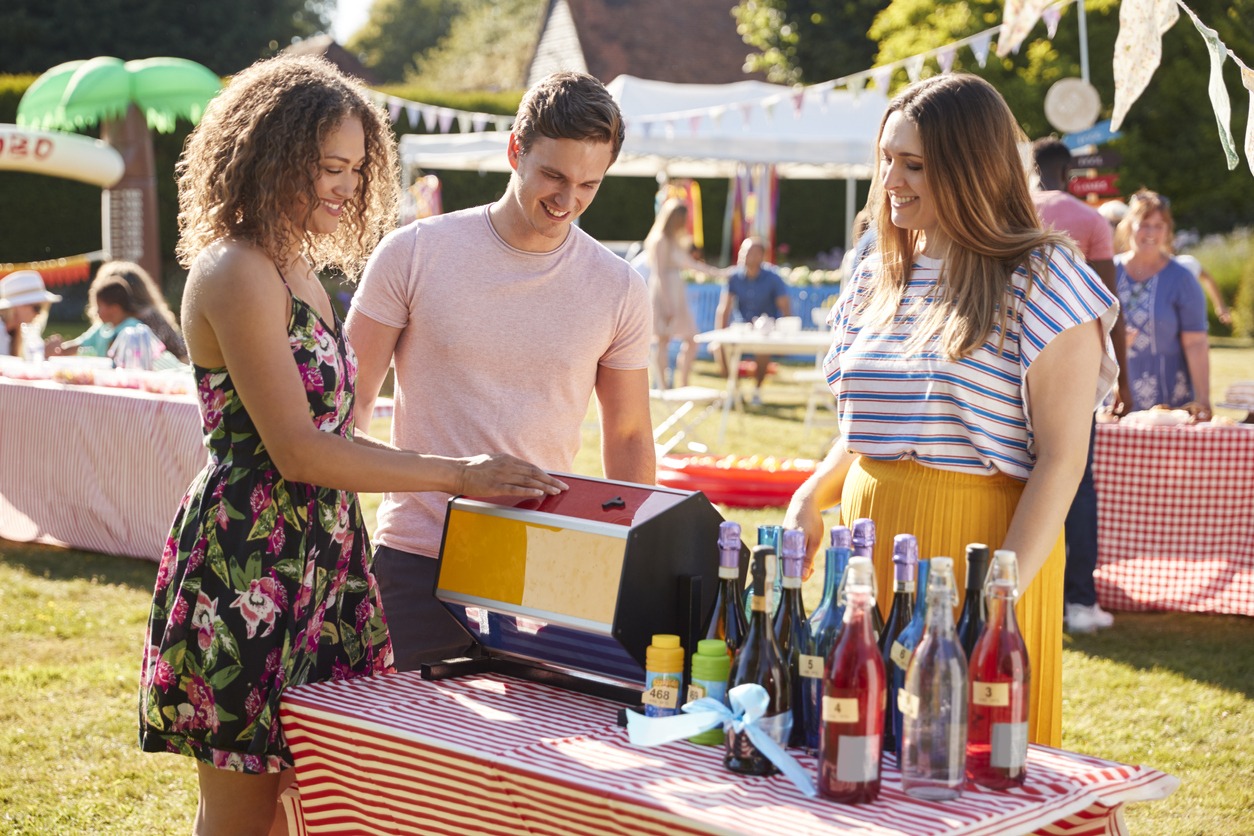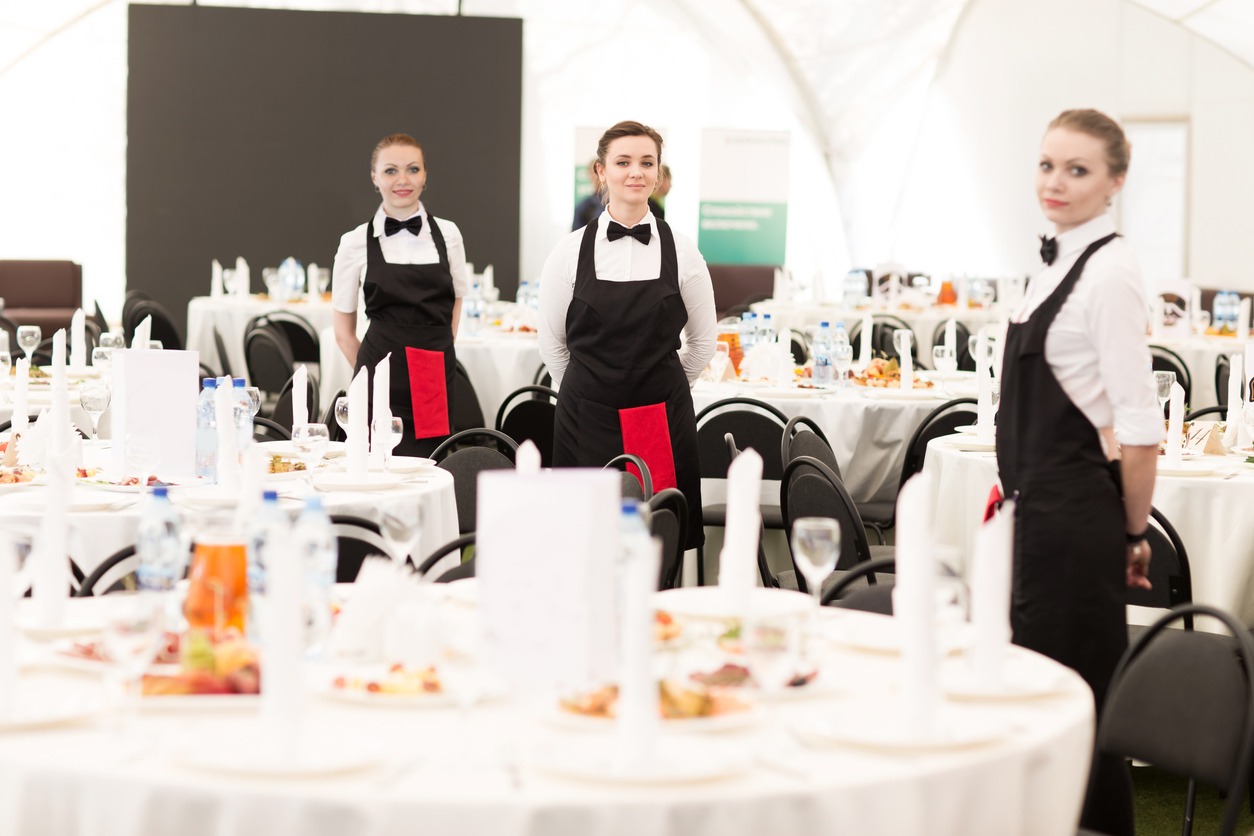Fundraising is the lifeblood of charitable endeavors, breathing vitality into the noble causes that uplift our communities. Effective fundraising strategies hold the power to transform mere events into impactful moments. These strategies are the compass that guides charities toward their objectives, amplifying their voices, and ensuring the success of their missions.
In the following discourse, we explore four pivotal fundraising strategies, unlocking the potential to maximize contributions and create a lasting legacy of change.
Fundraising Strategies
Fundraising is a vital part of any charity event, and having effective strategies in place can significantly impact your success. Here are four key fundraising strategies that can help you maximize your donations:
Silent Auctions and Raffles
Silent auctions and raffles are engaging ways to raise funds during your charity event. In a silent auction, attendees can bid on items displayed with a list of their values. The highest bidder wins the item, and the proceeds go to your cause. Both of these activities create an element of competition and excitement, encouraging attendees to donate more. To ensure a successful silent auction or raffle, gather enticing items or experiences for people to bid on or win. These items could include donated goods, services, or even unique experiences related to your charity’s mission.
Donation Stations
Donation stations provide a convenient and direct way for your attendees to contribute to your cause. Set up clearly marked stations at your event where people can make on-the-spot donations. This could be in the form of cash, checks, or even electronic payments through smartphones or tablets. Make sure the donation stations are easily accessible and that there are volunteers available to assist donors and provide information about your charity’s work. Encourage attendees to make contributions by showcasing the impact their donations can have on your cause. For example, you could display signs indicating that a specific amount can feed a certain number of children or provide shelter for a family in need.
Crowdfunding Campaigns
Incorporate technology into your fundraising by launching a crowdfunding campaign for your charity event. Online platforms like GoFundMe, Kickstarter, or specialized charity crowdfunding sites can help you reach a broader audience. Create a compelling online fundraising page with a clear description of your cause, your event details, and your fundraising goals. Share this page across your social media channels and encourage your supporters to do the same. Crowdfunding allows people who can’t attend your event in person to contribute from afar, expanding your reach and potential donations.
Sponsorship Opportunities
Seeking sponsorships from local businesses and corporations can provide a significant financial boost to your charity event. Businesses often find value in supporting charitable events, as it’s a way to show their commitment to social responsibility and connect with their local community. When approaching potential sponsors, be prepared with a persuasive pitch that highlights the benefits of sponsoring your event, such as brand exposure, community engagement, and alignment with a good cause. Offer various sponsorship packages with different levels of visibility and engagement opportunities. For instance, sponsors could have their logos displayed prominently at the event or receive exclusive access to specific activities. Developing strong relationships with sponsors can turn them into long-term partners for your charity events.
Engaging Entertainment and Activities
Entertaining your guests at a charity event is key to keeping their interest and enthusiasm alive. Here are some fantastic ideas to make your event memorable and engaging:
Guest Speakers and Testimonials
One way to inspire your audience and emphasize the importance of your charity’s mission is by inviting guest speakers who can share their personal stories and experiences. These speakers can be individuals directly impacted by your cause or experts in the field. Their compelling narratives can create an emotional connection with the attendees, reminding them of the significance of their contributions. You can also include testimonials from past beneficiaries of your charity’s work to showcase real-world examples of how donations make a difference. Sharing these stories allows your guests to see the direct impact of their support.
Live Music and Performances
Live music and performances can add an exciting dimension to your charity event. Consider hiring local musicians, bands, or artists who can provide entertainment that suits the atmosphere and theme of your event. Live music creates a vibrant and energetic ambiance, making it an excellent choice for galas, fundraisers, and parties. Furthermore, live performances like dance, theater, or magic acts can captivate your guests, providing them with a memorable and enjoyable experience. Ensure that your entertainment aligns with the tone and purpose of your charity event, whether it’s a formal affair or a more casual gathering.
Themed Activities and Workshops
Themed activities and workshops can add a unique and engaging element to your charity event. For instance, if your event supports a children’s charity, you can set up crafting stations where attendees can create cards, artwork, or small gifts to donate to the cause. Themed activities not only enhance the event’s atmosphere but also allow guests to actively participate and connect with the charity’s mission. Consider organizing workshops related to your cause, such as educational sessions or interactive experiences. These can provide guests with a deeper understanding of the issues your charity addresses and create a sense of empowerment, as they gain knowledge and skills that can make a difference.
Food and Beverage Choices
Selecting the right food and beverage options for your charity event is crucial to ensure your guests are not only well-fed but also delighted by the culinary experience. Below are important considerations:
Collaborating with Caterers
Hiring a professional caterer for your charity event can be a game-changing decision. Caterers offer the assurance of quality food that is prepared by experienced chefs and culinary experts. While you might be a jack of all trades in party planning, culinary mastery is an art that requires years of dedication and training, something most hosts don’t possess. Caterers bring a wealth of culinary knowledge and passion for crafting delectable dishes, ensuring your guests are treated to a gastronomic delight.
Beyond culinary expertise, caterers save you a significant amount of time, a precious commodity in event planning. They expertly handle meal preparation, allowing you to focus on other crucial aspects of your event. This not only eases your workload but also offers you the luxury of extra time that can be used to enhance other areas of your charity event.
Hiring a caterer can also be economical. The costs of purchasing food and drinks for a large number of people can quickly add up, potentially straining your budget. Catering companies have established relationships with suppliers, access to wholesale prices, and the expertise to estimate quantities accurately, eliminating waste. They can create tailored menus that align with your preferences and financial considerations, ensuring optimal value for your investment.
Themed Menus and Culinary Experiences
A well-thought-out culinary experience can elevate your charity event. Consider working with your caterer to create themed menus that resonate with the event’s purpose and atmosphere. For instance, if your charity supports education, incorporate menu items that evoke a sense of learning, like “knowledge-inspired” appetizers and “wisdom-infused” main courses. Themed menus not only add creativity but also reinforce the cause you’re supporting.
In addition to themed menus, consider adding culinary experiences that engage your guests. Interactive food stations, chef demonstrations, or “build your dish” concepts can make the dining experience memorable. Interactive elements encourage mingling and conversation among attendees, enhancing the overall atmosphere of your event.
Sustainable and Zero-Waste Options
In today’s world, sustainability is a key consideration for any event. Collaborate with your caterer to implement sustainable food and beverage options. Opt for locally sourced and organic ingredients that support the community and minimize carbon footprints. Reduce waste by choosing reusable or biodegradable serving ware and cutlery.
Moreover, embrace the idea of zero waste by coordinating with local food banks or shelters to donate excess food. This not only reduces food waste but also contributes to a charitable cause. Ensure that your caterer has a well-defined sustainability plan in place and is committed to eco-friendly practices to align with your charity event’s goals.
Building Lasting Relationships
Building strong and lasting relationships with donors and supporters is fundamental for the success and sustainability of any charitable organization. Let’s delve into some essential practices that will help your organization foster meaningful connections with your supporters.
Networking and Socializing
Networking and socializing are crucial aspects of building relationships with donors and supporters. After hosting an event, it’s essential to follow up and engage with your donors and volunteers. Consider sending old-fashioned, handwritten thank-you notes. These simple gestures can go a long way in making donors and volunteers feel special and appreciated. In a digital age, the personal touch of a handwritten note stands out and carries a sense of sincerity.
Moreover, keeping a detailed written record of every donation is not only important for tax and legal purposes but can also serve as a valuable contact list for keeping people informed and involved in your cause. Engage with your supporters by sharing updates on your work and any upcoming events. These records become a foundation for future interactions and a way to keep supporters engaged and informed about your organization’s activities.
After your event, invest time in reviewing what worked and what didn’t. Reflect on the event’s successes and areas that need improvement. Seek feedback from trusted volunteers and donors, as their insights can provide valuable perspectives for enhancing future events. Networking and socializing, in both personal and digital forms, are key elements in maintaining and strengthening relationships with donors and supporters.
Acknowledging Donors and Supporters
Acknowledging donors and supporters is a hallmark of an excellent retention strategy. Recognizing their contributions and demonstrating your appreciation strengthens the relationship between your organization and your supporters. Research shows that donors who are thanked within 48 hours of making a gift are four times more likely to donate again. Implementing creative and meaningful ways to thank your donors is essential.
One of the most powerful methods of thanking donors is through handwritten notes. Handwritten thank-you letters stand out in a world filled with digital communication and have a remarkable 99% open rate. When crafting these notes, avoid overly generic or formal language. Make them personal and conversational. Mention the impact of their gift and the specific initiative or project it supported. These notes should be thoughtful and signed by a recognizable figure within your organization.
Another effective approach is to create a donor appreciation wall. This public recognition method, often seen in museums and nonprofit spaces, showcases the names of donors and sponsors. A physical donor appreciation wall can now be creatively designed with various textures, materials, and themes. Alternatively, consider a digital donor wall, which is cost-efficient and easily updatable, allowing for flexibility and personalization.
Expressing Gratitude
Expressing gratitude to your donors and supporters is a fundamental practice in building lasting relationships. Beyond the initial thank-you, consider showing your appreciation through various methods. Social media provides a dynamic platform to thank donors across your channels. Highlight individual donors or groups, or post a general thank-you message if you prefer not to name anyone specifically. Leveraging social features such as stories or reels can enhance the visibility of your gratitude.
Compiling an annual (gratitude) report is another effective approach. While an annual report traditionally focuses on activities and statistics, a gratitude report emphasizes the impact of donors’ contributions and sets the stage for future endeavors. By highlighting your supporters in this widely-distributed report, you express your gratitude and foster a stronger connection.
Furthermore, donors often wonder how their contributions are used. To address this question and demonstrate the impact of their gift, send your donors an email or letter outlining when, how, and who the donation benefited. Including personal thank-yous, client stories, photos, or colorful infographics in your communication can resonate emotionally and logically, increasing the likelihood of continued support.
In addition to these strategies, consider sending immediate email confirmations with a warm thank-you and details about the amount donated. Incorporating short, heartfelt videos from your CEO or service recipients can provide a unique and personal way to express gratitude. Personal visits, engagement opportunities, and recognition at milestones can further strengthen your relationships with donors and supporters. Recognize the generosity of your supporters by assigning titles and creating donation tiers that offer exclusive benefits.
Conclusion
The symphony of a charitable event is composed of diverse elements, each playing its part to create a harmonious and unforgettable experience. We’ve navigated through the realm of fundraising strategies, witnessing the remarkable effectiveness of silent auctions, raffles, donation stations, and crowdfunding campaigns. These methods stir enthusiasm, inspire generosity, and bridge the gap between noble intentions and tangible impact. But the journey doesn’t end here. It extends into the realm of entertainment and activities, where the magic of guest speakers, live performances, and themed workshops captivates hearts. The culinary experience, meticulously crafted by skilled caterers, becomes a culinary delight that leaves a lasting taste of generosity and care. Lastly, the art of building relationships is unveiled, showcasing the power of networking, acknowledgment, and gratitude. As we bid farewell to these pages, remember that fundraising is not just about collecting donations; it’s about forging meaningful connections, leaving an indelible mark, and sharing the joy of making the world a better place.







